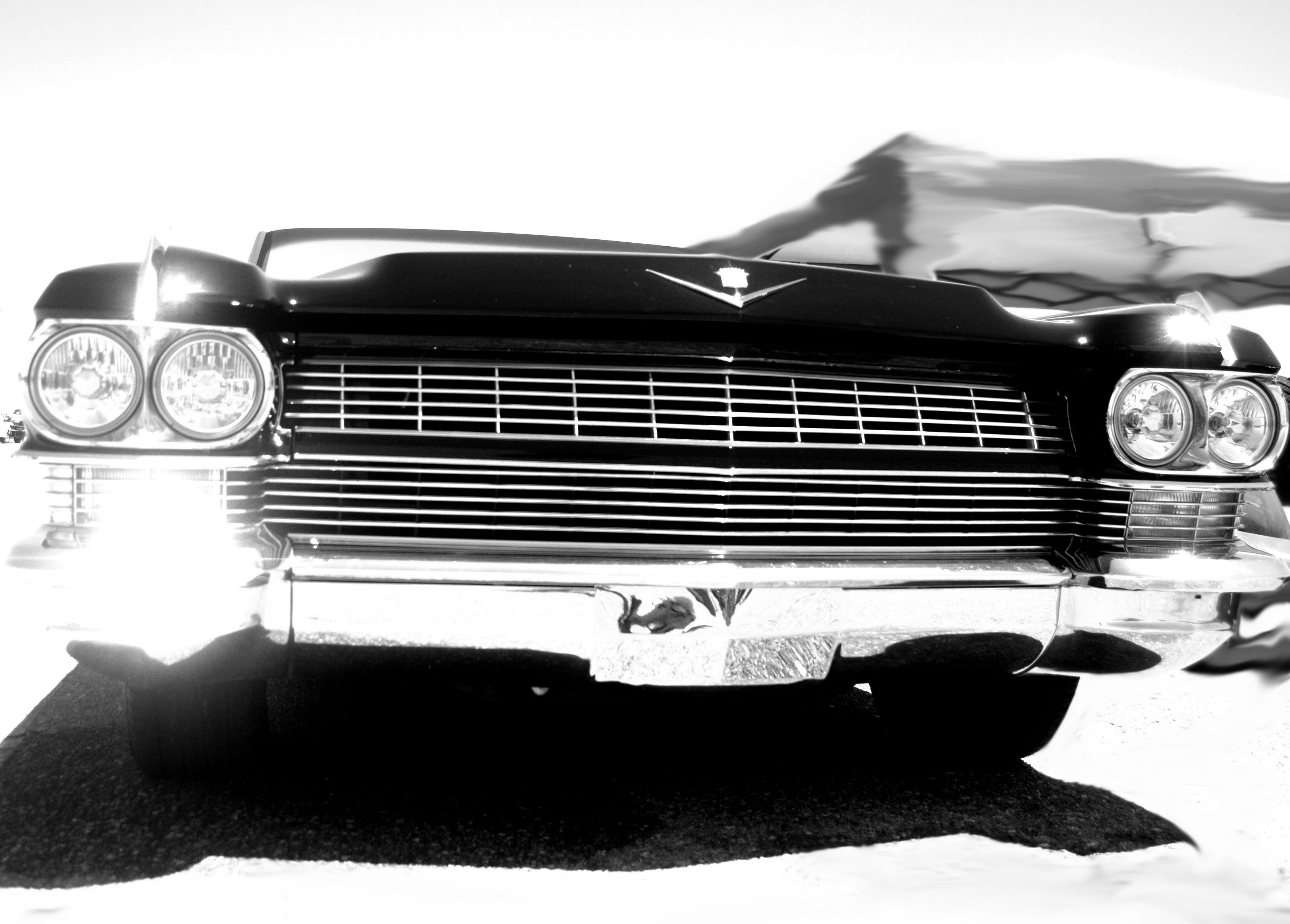I haven’t done a Engine Mini-Series in sometime, I find readers like the Engine Line Up posts a lot, so I’ve stuck with that. They are quick and fun pieces to research and write.
SEE A NOTED DEVIATION IN THE COMMENTS BELOW.
I received a request from a reader (motown_missile) from the /r/classiccar subdirectory over on Reddit, who read my latest Engine Line UP post, for something on Ford small block V8’s specifically the 221, 260 and 289 engines. So I thought yeah that’s a great idea!!! But it didn’t really fit how I structure the Engine Line Up posts and then I recalled doing these mini-series and that fits the request. Thanks motown_missile!!!!
Now the Ford small block V8 label (also called the “90 Degree V8s”) covers a few rare engines (limited production/limited use), one of the most iconic and some real workhorses. The engines that fall under this designation are 221, 255, 260, 289 and yes the 302 and even the 351 Windsor (not the Cleveland). I’ll cover each one in separate posts.
The Ford small blocks were designed the end of the 1950’s put in to production cars in 1962 the first and smallest (20 inches across and only 475 lbs) and it displaced 221 cubic inches and so designated as the 221.
The 221, in 1962, had a compression ratio of 8.7:1 with a bore and stroke respectively of 3.50 x 2.87. It sported two-bolt main-bearing, cast nodular crankshaft (only 37 lbs), cast aluminum pistons, hydraulic camshaft and individually mounted iron rockers. The cylinder heads were wedge-shaped and the intake valves were 1.59 in. and the exhaust valves were 1.39 This was all topped off with a cast iron two barrel intake manifold and it produced about 143 hp @ 4,500 rmp and 217 foot lbs of torque @ 2200 rpm. For 1963 it remained about the same with a slight increase in the bore and stroke (3.75×3.30 inches) producing a compression ratio of 8.8:1 and 145 hp. Both years were topped with Holley carbs.
The 221 is one of the rarest small block. It saw only 2 years of production use (1962 and 1963) and you could find it in the Ford Fairlanes and Mercury Meteor. If you want to know if your 62-63 Fairlane or Mete0r originally had a 221 check the VIN for the code L ( C – 1962 export or 3 for 1963 export).

Nicely painted 221 V8
 1962 Mercury Meteor 33 |
 1963 Ford Fairlane |
Next up will be the 255.
Thanks for reading and if you have any input or pic of your own 221, drop me a note a AGCarRestoration@cox.net. Comments always welcome!!!
Tim

Out and About!!!
#ProjectSportsRoof














